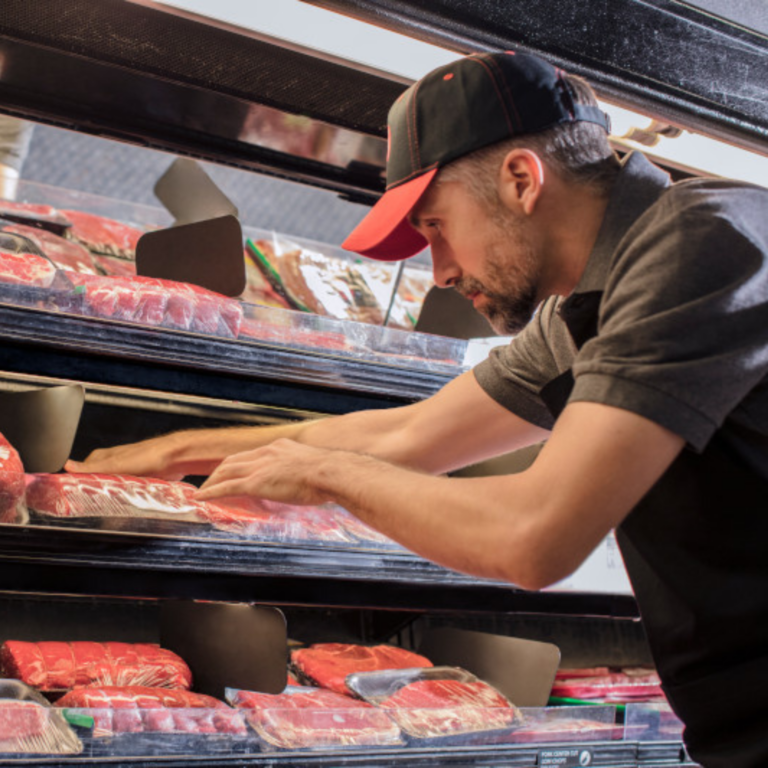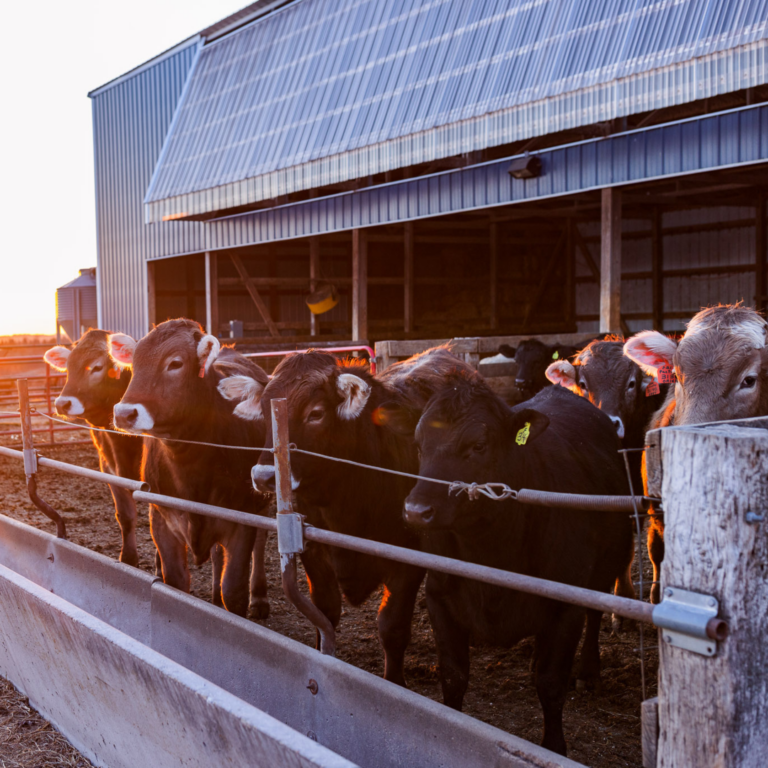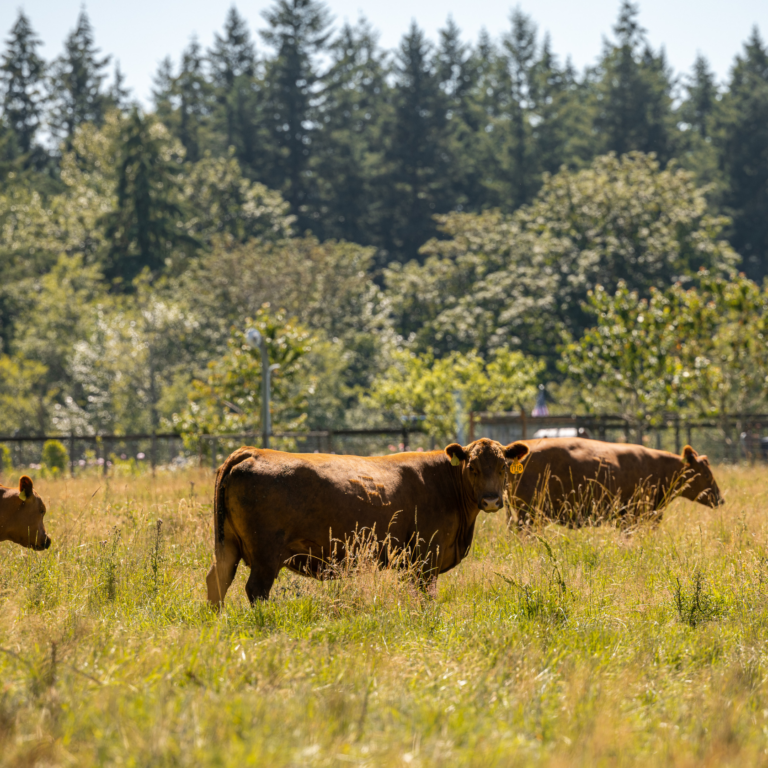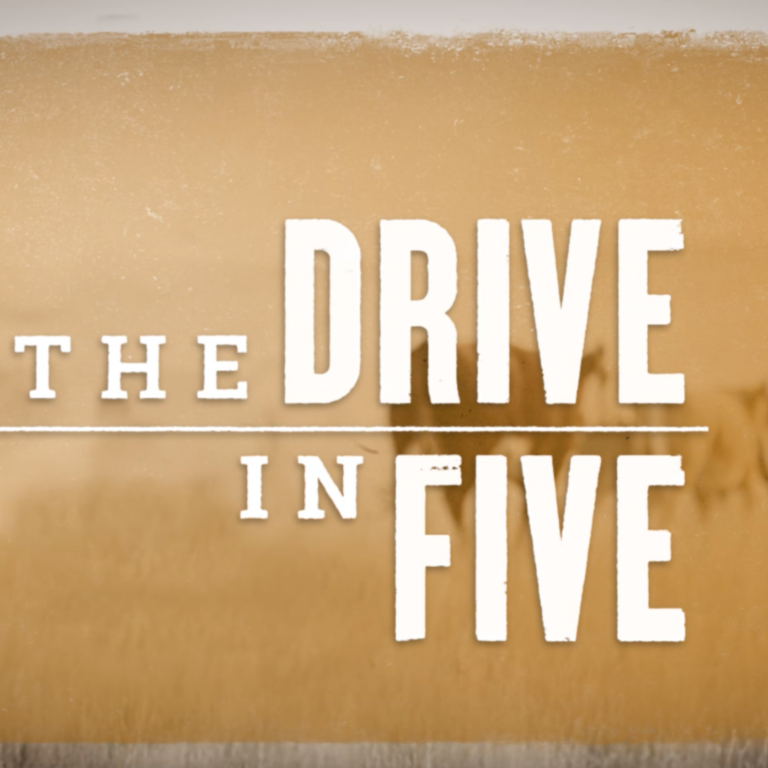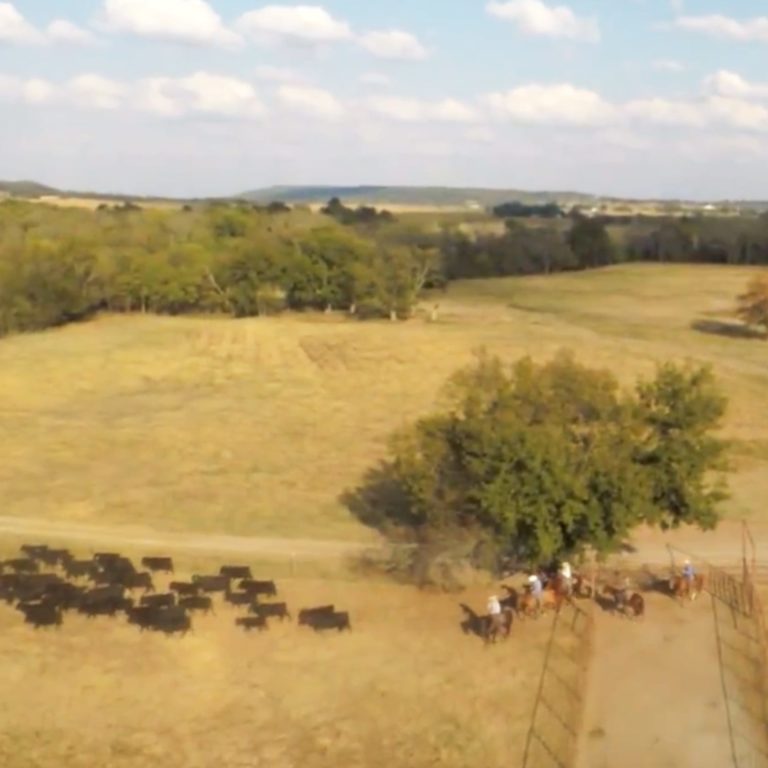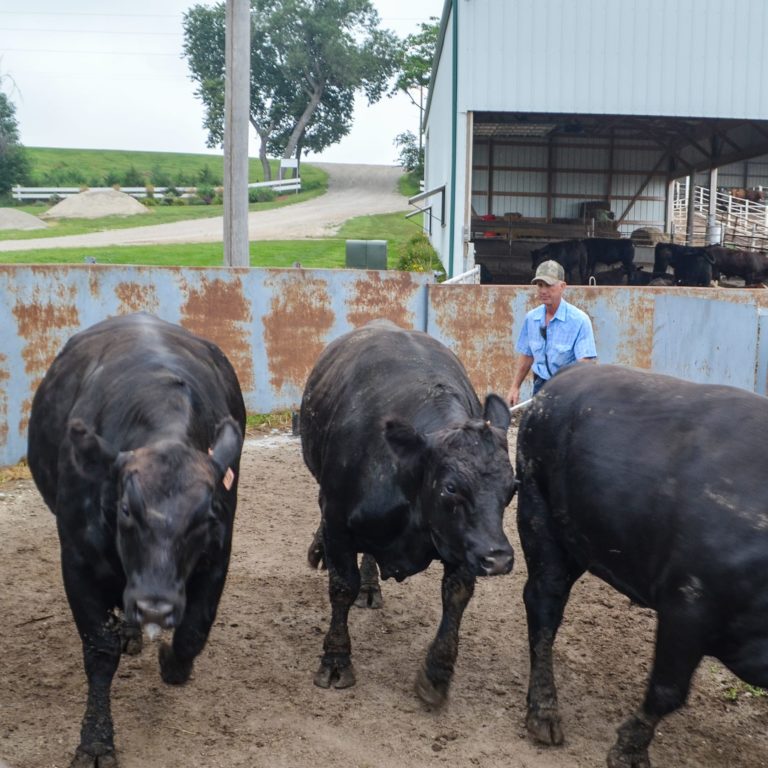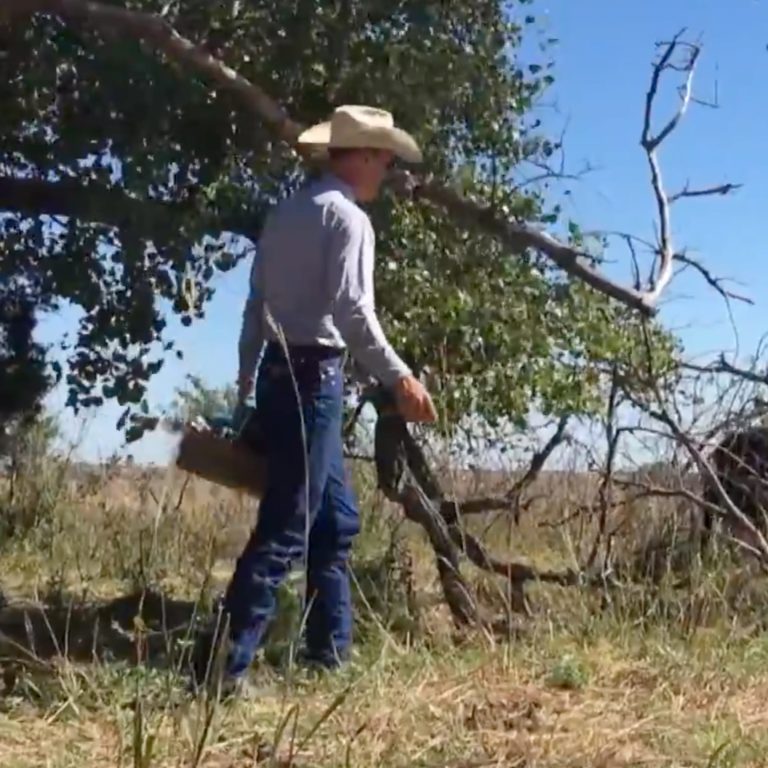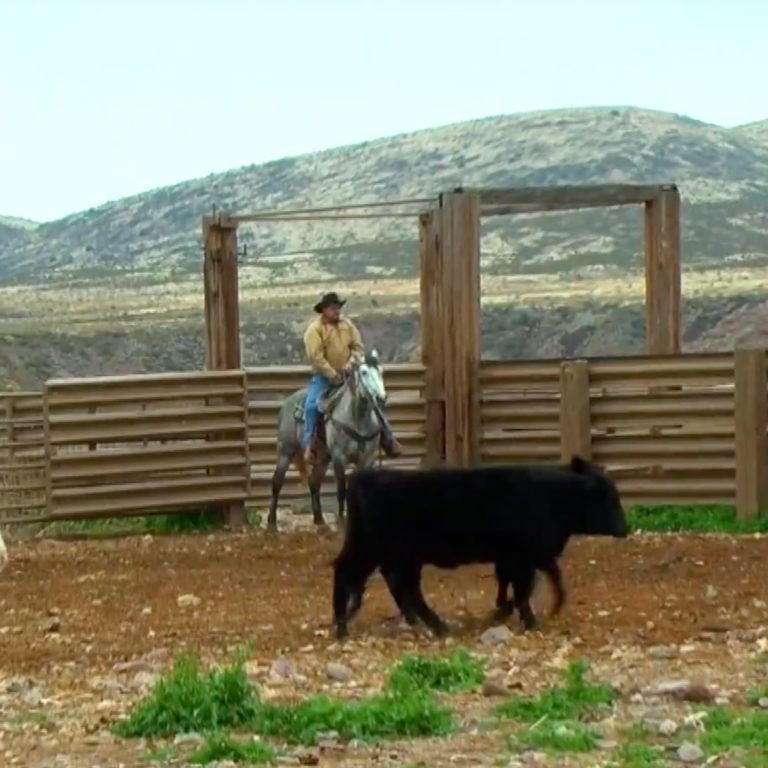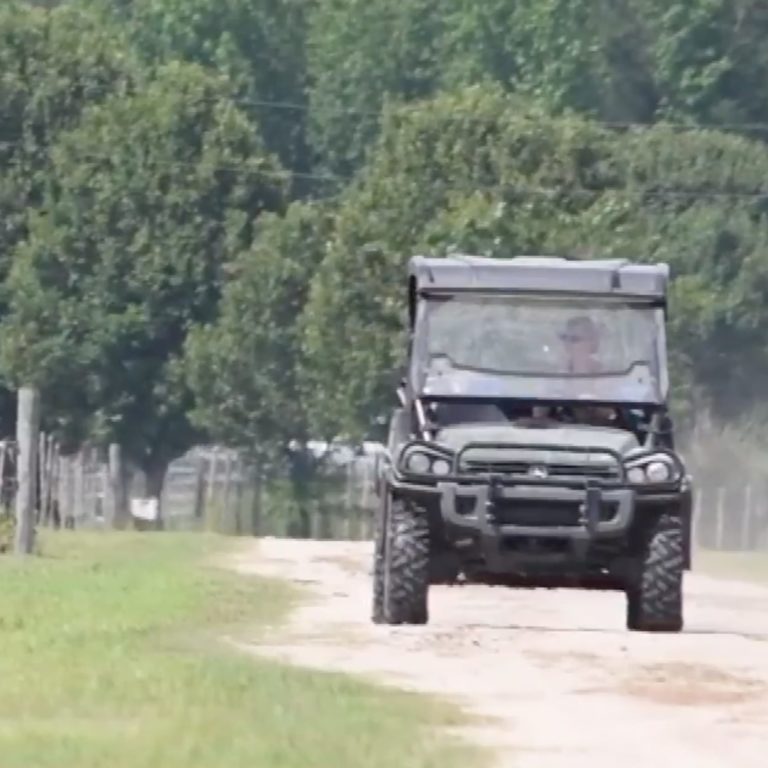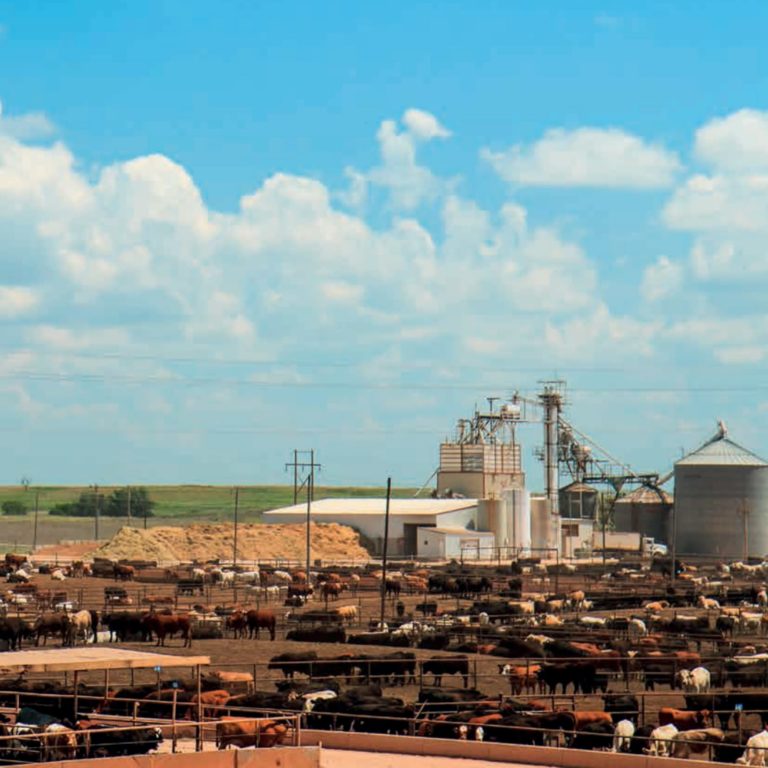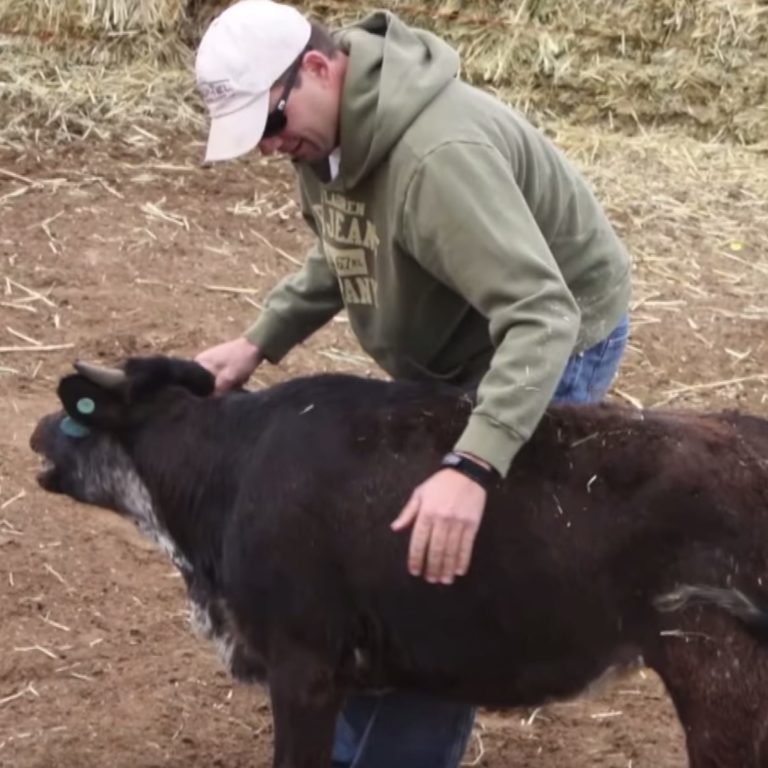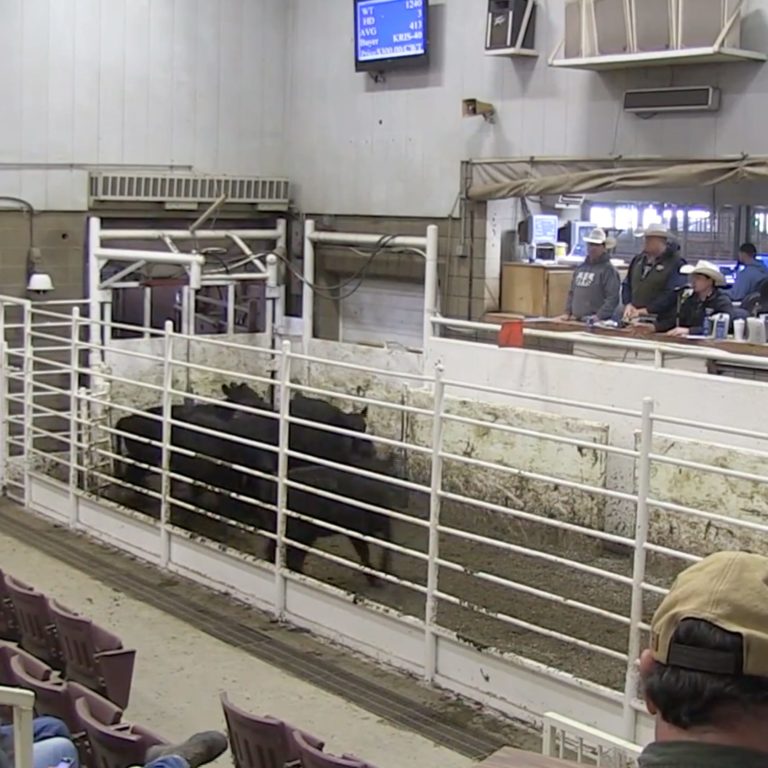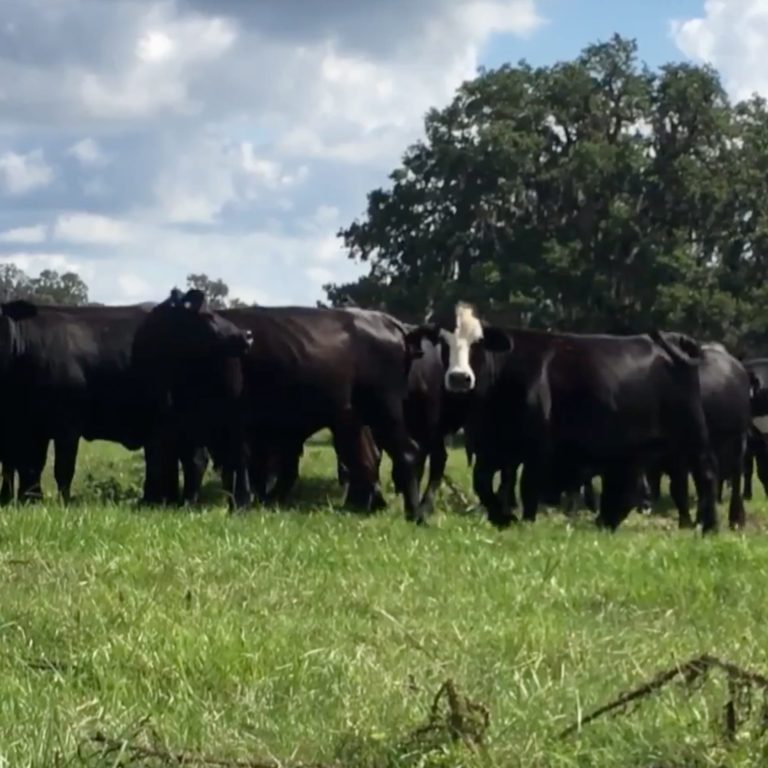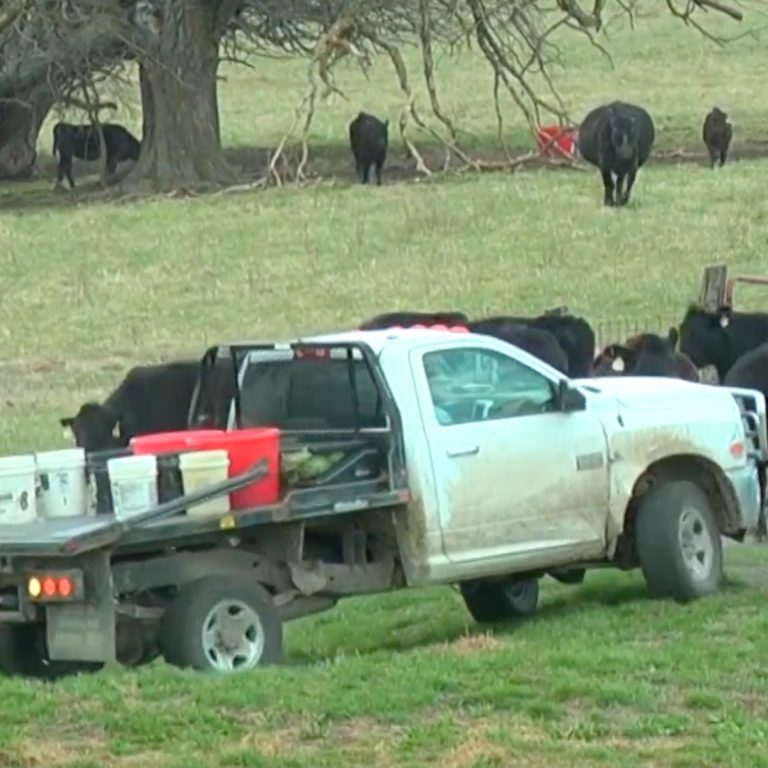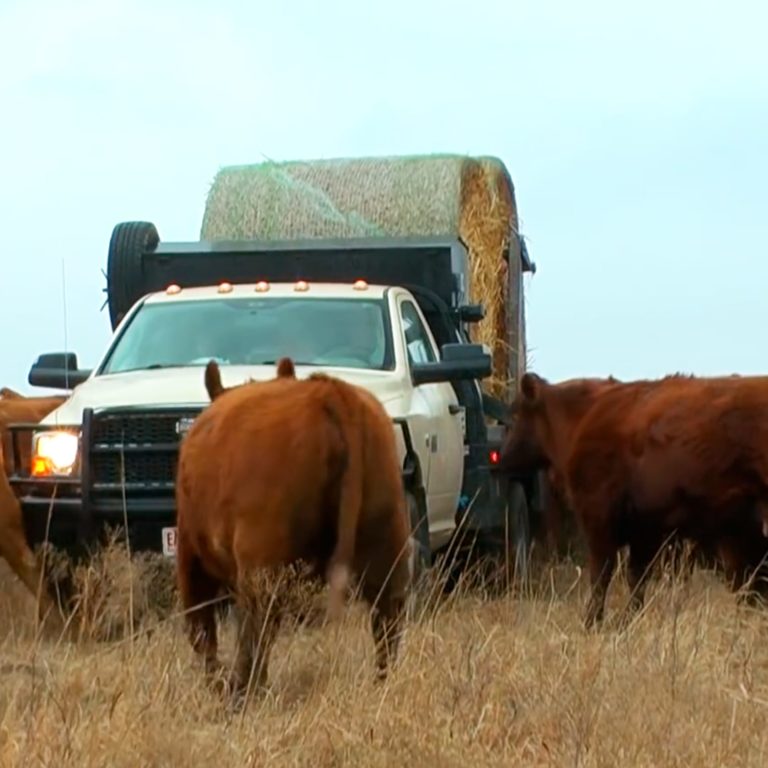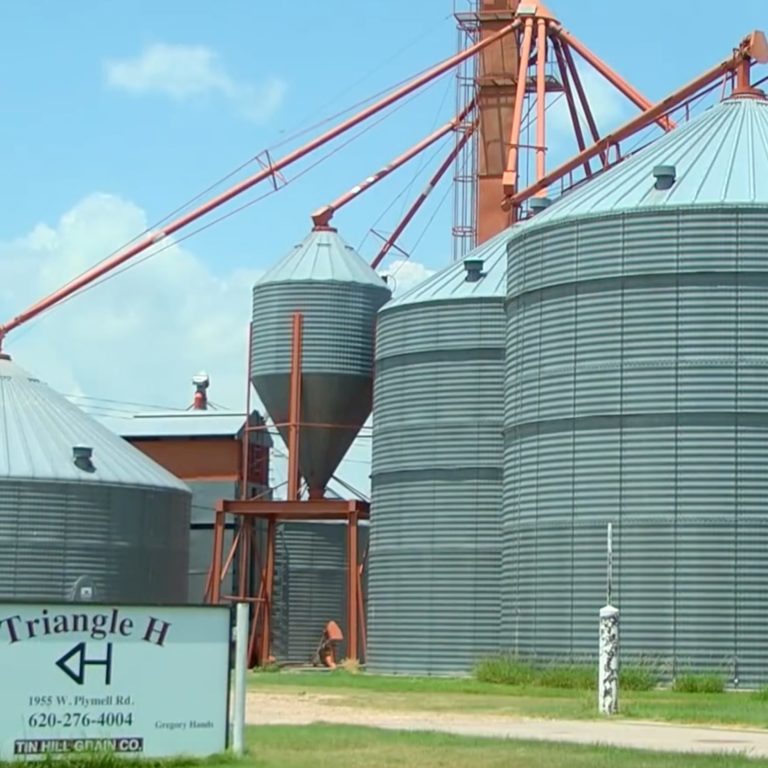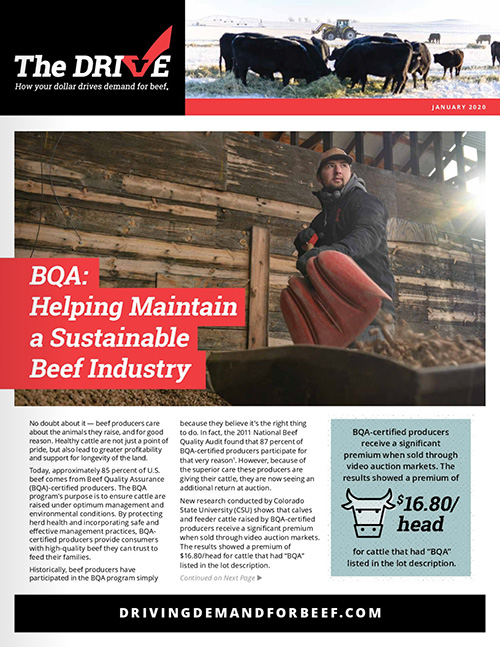Pathway to a Successful Future
National Beef Quality Audit Helps the Beef Industry Measure, Analyze and Respond
Three decades ago, with consumer beef demand low, the beef industry needed the ability to remain competitive with other proteins. That desire is what initiated the landmark 1991 National Beef Quality Audit (NBQA). The audit provided an honest snapshot of the beef industry and the needed improvements. The 1991 NBQA was revolutionary because it changed the industry’s system management to act and think like product manufacturers and improve the desirability and conformity of beef to restore consumer demand.
Now conducted every five years, the Beef Checkoff-funded National Beef Quality Audits have significantly influenced the cattle industry and how producers raise cattle. The NBQA ultimately advises the Beef Quality Assurance (BQA) program. BQA grows and changes with the audit data, and that data is disseminated to the producers who make production changes that address consumer needs and preferences. The NBQA helps ensure beef farmers and ranchers produce a product that consumers want to buy, improving bottom lines.
Audit Execution
To complete the NBQA, researchers and industry professionals execute three phases:
Phase 1: Individual Interviews – Face-to-face interviews with representatives of the different market sectors (packers, retailers, foodservice operators, further processors and government/trade organizations).
Phase 2: In-Plant Research – Visits to packing facilities to execute audits, starting from unloading to slaughter to the sales cooler, collecting information from the carcasses.
Phase 3: Strategy Session – A strategic workshop with researchers and industry leaders to evaluate the information, identify problem areas and set key industry objectives.
The NBQA is a labor-intensive, collaborative affair that includes professors, graduate students and industry professionals from 14 universities across the U.S. and the National Cattlemen’s Beef Association.
2022 NBQA Results
Recently, the 2022 NBQA was released, which delivered many encouraging messages about beef’s improvement over the years while also identifying issues that need further attention.
“The 2022 NBQA showed how the beef industry is strong and resilient, with data clearly showing progress has been made in areas such as efficiency, the quality of beef produced, a lower incidence of carcass lesions and a better focus on food safety,” Trey Patterson, BQA Advisory Group chair said. “The data also shows that there are areas for improvement, such as minimizing bruising, better mobility scores in fed cattle and eliminating any foreign objects found in beef. The results also revealed the need for a continued focus on disease traceability and systems to improve animal health and well-being.”
Key Findings
- When comparing 2016 and 2022 NBQAs, the largest improvement was overall increased efficiency across the beef supply chain.
- Market sectors indicated their companies strive to increase their sustainability and work with the entire beef supply chain to do so.
- Market segments no longer consider food safety as a purchasing criterion, but an expectation.
- The entire industry felt the effects of the COVID-19 pandemic. Nonetheless, consumers chose beef, and the industry persevered to provide products.
- The beef industry’s image improved within fed cattle market sectors.
- Foreign materials continue to present a problem, but the industry is making strides to decrease incidence.
- There was an increase in the frequency of Prime and Choice quality grades, while Select decreased drastically.
- The industry is improving quality, but it is accompanied by an increase in carcass weight and fat thickness, as well as large increases in percentages of Yield Grade 4 and 5 carcasses.
- Nearly 93% of transportation service providers interviewed were familiar with the Beef Quality Assurance Transportation (BQAT) program, and 91% are BQAT certified.
- Nearly 92% of cattle received a mobility score of 1, with the animal walking easily and normally. That’s a decrease from 97% in 2016 and is attributed to larger cattle and longer transport times.
The NBQA remains an important measure for the beef industry as it strives to improve quality and consumer demand. All segments of beef production can utilize results from the 2022 NBQA to improve upon current management practices and implement innovative techniques.
The Beef Checkoff program was established as part of the 1985 Farm Bill. The checkoff assesses $1 per head on the sale of live domestic and imported cattle, in addition to a comparable assessment on imported beef and beef products. States may retain up to 50 cents on the dollar and forward the other 50 cents per head to the Cattlemen’s Beef Promotion and Research Board, which administers the national checkoff program, subject to USDA approval.


